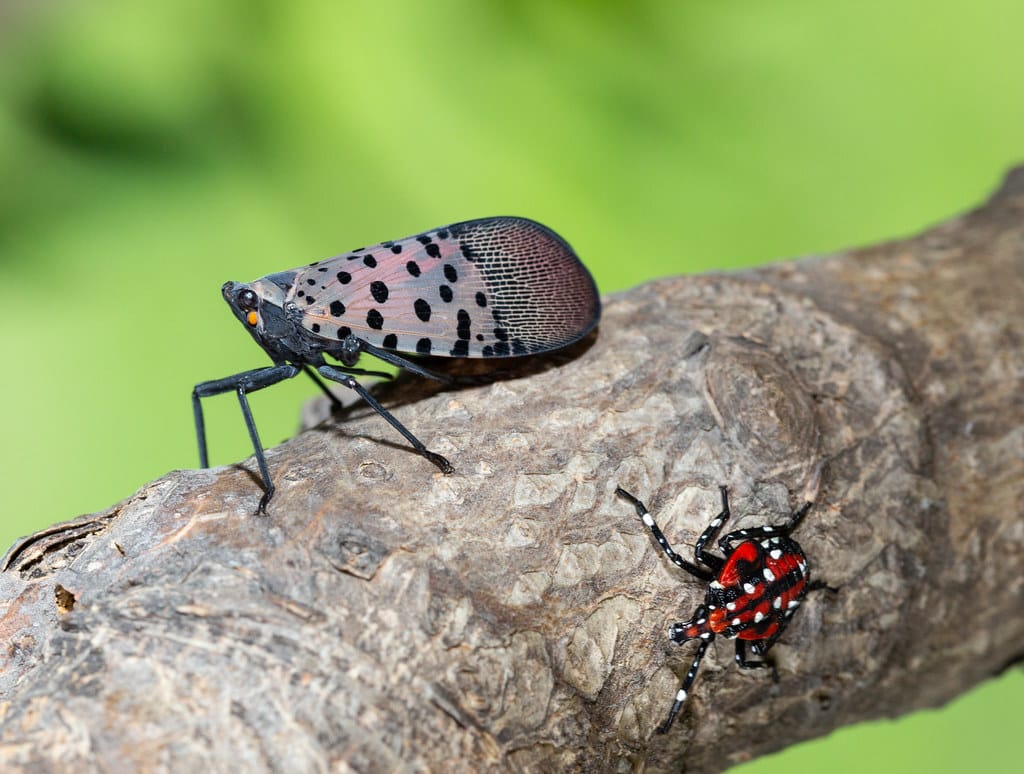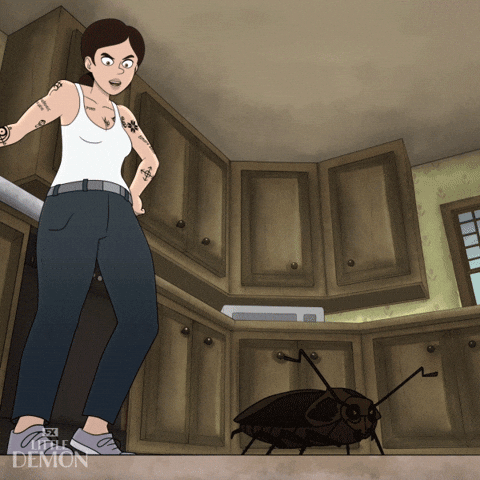- The Scarlet Letter
- Posts
- Up Up Updates for You
Up Up Updates for You
Flies, Drought to Rain, and Cyber Lies

Are you interested in sponsoring the best local newsletter on the planet? Reply to this email to help your organization reach hundreds of thousands of engaged Columbusites.
Top of Mind
🔥 Digital Smoke Signals: Columbus’s Cyber Nightmares, One Year Later
It’s been a year since foreign hackers cracked open Columbus’s digital vault like a tin can and dumped half a million residents’ personal info onto the dark web. Social Security numbers, driver’s licenses, home addresses, even the identities of undercover cops, are now floating around in hacker bazaars like collectible NFTs nobody asked for.
At the time, Mayor Ginther assured us that the stolen data “lacked value.” Cute. Try telling that to Will Klatt, a Columbus resident whose life turned into a cybersecurity PSA after criminals used his hijacked identity to rack up credit cards and wreck his credit. “It’s like a never-ending nightmare,” Klatt said. And he’s not alone. Other victims describe the hack as a full-scale invasion of privacy, an invisible crime scene where the city still hasn’t cordoned off the damage.
Let’s rewind: in July 2024, the Rhysida ransomware group demanded 30 bitcoins (roughly $1.7 million) from the city to keep the data locked up. Columbus said no. So Rhysida dumped it all online and vanished into the ether while city leaders offered free credit monitoring and not much else. Meanwhile, the FBI and Homeland Security are still “investigating.” Translation: don’t hold your breath.
Even worse, NBC4 Investigates revealed the city had been storing images of residents’ driver’s licenses for twenty years. Twenty. Years. That’s two decades of digital dynamite waiting to blow, and blow it did.
🛡️ What to Do if You’re a Victim
If you’re wondering whether you’re caught in this mess, here’s what cybersecurity experts recommend:
✅ Change your passwords (yes, even the one you’ve been using since high school).
✅ Enable two-factor authentication wherever possible.
✅ Freeze your credit with all three major bureaus (Experian, Equifax, TransUnion).
✅ Monitor your accounts for suspicious activity.
✅ File a complaint with the FTC’s IdentityTheft.gov if your info has been compromised.
And remember, if anyone calls asking for your Social Security number or bank info—hang up faster than a robocall.
💻 Beta Testing Columbus’s Cybersecurity (Forever)
Columbus officials say they’re taking steps to prevent this from happening again. Considering their track record, that’s about as comforting as a Windows 95 error message. For now, the city’s response feels less like damage control and more like beta testing on a live population.
If you’re reading this from an unsecured public Wi-Fi network, well, good luck out there.
Scarlet Letter Trivia
Question: Considered the worst summer in Columbus history, what summer holds the record as Columbus, Ohio’s hottest ever, with nine days over 100 degrees, including a scorching 106°F on July 21 ( hey, that makes today the anniversary)
A. 1934
B. 1898
C. 2006
D. 1999
🪰 Lanternflygeddon: The Sequel

Last summer, we warned you about the spotted lanternfly, the flashy, winged invader that made cicadas look like amateurs. One year later, they’re still here, still sucking sap from our trees, and still threatening to crash Ohio’s wine and beer industry like a drunk wedding guest.
These bugs aren’t just a backyard nuisance. Since their Ohio debut in 2020, spotted lanternflies (SLFs, for those in the know) have spread fast, clinging to cars, campers, and basically anything else that moves. Columbus is now part of a growing quarantine zone, and state officials are begging residents to scrape their waxy gray egg cases off trees, decks, and patio furniture and dunk them in rubbing alcohol. And if you see a live adult? Don’t hesitate, stomp first, ask questions never. Then report the sighting to the Ohio Department of Agriculture. You’ll be doing your civic duty and exacting revenge for all those ruined grapevines.

Here’s the twist: researchers say these infestations might burn hot and fast. In New Jersey and Pennsylvania, lanternfly populations exploded in years two and three, only to crash in year four as birds, parasitic wasps, and other predators developed a taste for lanternfly tapas. But until nature gets fully up to speed, it’s up to us to squash, scrape, and report.
Because if Ohio’s $6 billion wine, beer, and hops industry is on the line, this is no longer just pest control; it’s personal.
From Dust Bowl to Duck Pond: Columbus Swaps Drought for Deluge
Last summer, Columbus was on the verge of turning into tumbleweed country. Lawns were crispier than kettle chips, creeks were drying up faster than a spilled White Claw in August, and the Hocking River was so low you could practically step across it. The summer of 2024 went down as the third driest on record, with a measly 5.07 inches of rain in Columbus, 10 inches below average, and 60% of Ohio locked in severe drought. Trees started shedding leaves in July, fall colors were a flop, and local farmers were begging the sky for mercy.
Fast forward to this summer, and Mother Nature seems to have slammed her fist on the faucet handle. Columbus has already soaked up 15 inches of rain since May, nearly five inches above normal. Southern Ohio has seen upwards of two feet in three months. One storm in Fairfield County dumped five inches in an hour, turning basements into indoor pools and shutting down roads like State Route 13. Flash floods have been popping off across the Midwest, and July alone broke a U.S. record with over 3,000 flash flood warnings nationwide.
So what changed?
Blame, or thank, a combination of tropical moisture, a lazy jet stream, and the increasingly common “training” thunderstorms that keep parking over the same neighborhoods like your neighbor’s car in front of your house.
Climate experts aren’t exactly comforted by the shift. This “boom and bust” weather cycle, extreme drought followed by extreme rain, is becoming the new normal as warmer air sucks up and dumps more water, leading to both crispy lawns and catastrophic flooding.
Trivia Answer
A. 1934 (Exactly 91 years ago today)

Auf Wiedersehen


